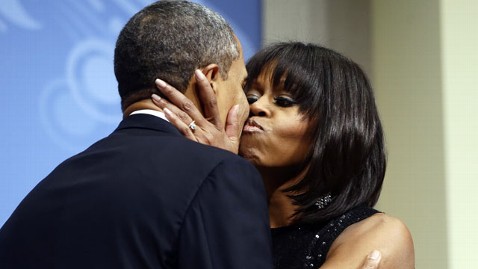STORY HIGHLIGHTS
- Britain's Prince Harry says he killed Taliban militants during tour in Afghanistan
- Harry, known to comrades as Captain Wales, had served for four months in Helmand province
- Harry: "We fire when we have to but we're more of a deterrent than anything else"
(CNN) -- Britain's Prince Harry has acknowledged that he killed Taliban insurgents on his latest tour of duty in Afghanistan as a crew member of an Apache attack helicopter.
Harry has been serving for four months as a co-pilot gunner (CPG) in southern Helmand province -- considered a Taliban heartland -- and flew on scores of missions with the trigger to rockets, missiles and a 30mm cannon at his fingertips.
No one is saying how many insurgents Harry might have killed but toward the end of his deployment, the 28-year-old, known to his comrades as Captain Wales, shared some of his feelings about combat with reporters while on duty in the massive military base known as Camp Bastion. He said it was sometimes justified to "take a life to save a life. That's what we revolve around, I suppose."
More: How 'soldier prince' tore up royal rule book
Harry through the years
HIDE CAPTION
<<
<
1
2
3
4
5
6
7
8
9
10
11
12
13
14
15
16
17
>
>>
Harry explained how the roles of Apaches and CPGs have changed since his previous deployments in 2007 and 2008. "It used to be very much: front seat, you're firing the whole time.
"Now, yes we fire when we have to but essentially we're more of a deterrent than anything else.
"Our job out here is to make sure the guys are safe on the ground and if that means shooting someone who is shooting at them, then we will do it," said the prince, third in line to the British throne.
"It's not the reason I decided to do this job. The reason to do this job was to get back out here, and carry on with a job."
Away from his helicopter, the prince mixed freely on base, eating in the canteen with everyone else and relaxing by playing video games with others in the 130-strong 662 Squadron, 3 Regiment Army Air Corps (AAC). With those comrades, he was just "one of the guys."
More: Harry named world's most eligible bachelor
Now, yes we fire when we have to but essentially we're more of a deterrent than anything else
Prince Harry
In contrast to his privileged upbringing in palaces and an education at Eton College, the prince lived in a shared room within shipping containers converted into an accommodation block. He said he was free to stroll around the base, to visit the gym or the laundry. "It's completely normal," Harry added.
But he said he still received unwanted attention in more public places. "For me it's not that normal because I go into the cookhouse and everyone has a good old gawp, and that's one thing that I dislike about being here," he said.
Opinion: Cheeky Harry vs. dull brother William
"Because there's plenty of guys in there that have never met me, therefore look at me as Prince Harry and not as Captain Wales, which is frustrating.
"Which is probably another reason why I'd love to be out in the PBs (patrol bases), away from it all.
"But yeah, it's completely normal. It's as normal as it's going to get. I'm one of the guys. I don't get treated any differently."
His deployment meant he could step back from the public eye, although he said his father, the heir to the British throne Prince Charles, often reminded him of his position. Harry admitted he had "let himself and his family down" when he was photographed naked at a party in a Las Vegas hotel last year.
More: No action over naked Prince Harry photos
Harry appeared happier talking about his military role: building up the Afghan National Army, the ANA, so it can eventually take over.
"It's great to see the ANA taking more of a lead in things as well. And the professionalism is definitely shining through."
That's something his superiors in the army might say of the prince himself.














